Nature is Magical. The Coral
Coral: an ancestral spell that has accompanied man for millennia.
Used tens of thousands of years ago to build propitiatory amulets by virtue of its color similar to that of blood, its well-deserved rank as a precious material was attributed to it about 6000 years ago, when the Sumerians began to use it to build jewelry, always endowed with a value, powers and magical virtues. But being as precious as it is arcane, evocative and mysterious, represents the very essence of coral.
The Roman identified it as blood gushing from the evil head of Medusa severed by the hero Perseus, while the Romans portrayed its nature as if it were changeable and elusive: a sea grass rotted by salt and hardened by air, disavowing those who considered it a mineral and attributing to it a series of qualities of thaumaturgical effectiveness
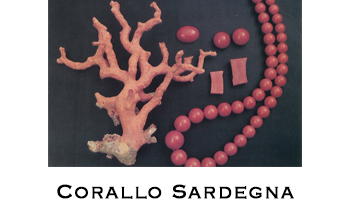
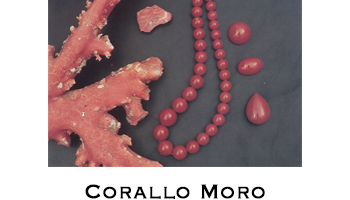
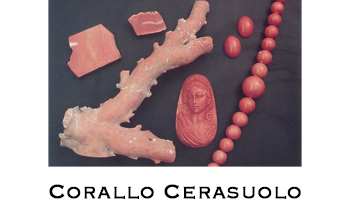
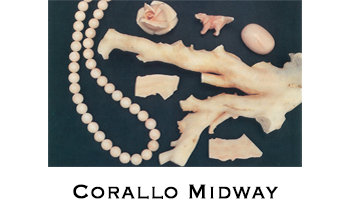
In the centuries that followed, there was always a heated debate among scholars, doctors, botanists, philosophers, poets and naturalists, who, between doubts and certainties, never agreed on the inclusion of this mysterious essence in a univocal category: vegetable, mineral… Or perhaps animated strangeness, of animal origin, each statement was followed by mistrust, denial and chorus of dissent.
Ovid, Pliny the Elder, Theophrastus, Discorides, Ferrante Imparato, Boccone, de Tournefort, Marsili, Reaumur, Ludwig Ganz, Giovanni Plateario, Filippo Finella, Jean Antonine Peyssonnell, Henri Lacaze-Duthiers, Francesco Podestà and Filippo Cavolini: these are the illustrious names of some who, over the centuries, have tried to study and define what coral actually was, approaching or moving away from the truth: for zoology it is nothing more than a polypair of the genus Corallium, type Cnidarians, class of the Anthozoa, subclass of the Octocorals or Alcyonaria, order of the Gorgonaria, suborder of the Scleraxonie, family Corallidae, divided into twenty-seven species, distributed in the seas
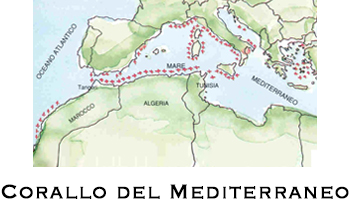
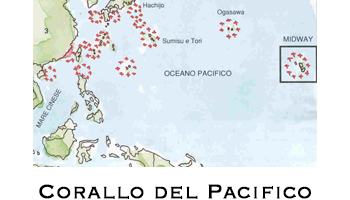
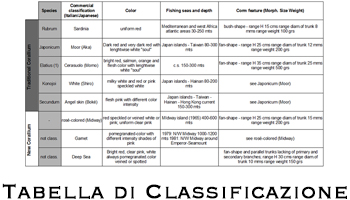
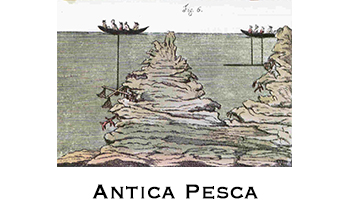
This small organism lives in a colony, reproduces both sexually and asexually, feeds on plankton, needs water with constant salinity, lit and agitated in a reduced way to live and reproduce, it is only a few millimeters long, white and transparent, equipped with shy, very small tentacles that it extroverts only when it is looking for food, but it has the extraordinary, incredible, fairy-tale ability to build a very hard, precious limestone skeleton, simply fabulous in the enchantment of its color… which is what everyone, enchanted, calls coral on a daily basis.
